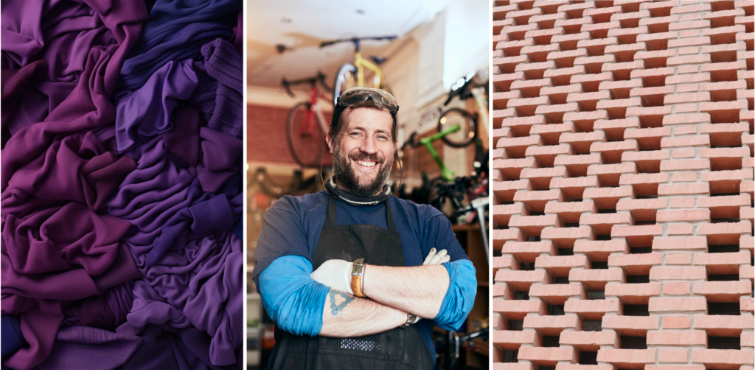
RE:Source - How circular economy is implemented in practice
There are also four webinars – one for each theme – where we explored the key insights and results from the reports, and engaged in deeper discussions.
All webinars are available on RE:Source’s YouTube channel, here:
The Big Why
Swedish companies are facing increasing demands for sustainable development and more efficient use of resources – both from the market and society. Circular economy is not only a response to these demands, but also a way to ensure long-term profitability and competitiveness. By learning from each other, companies can accelerate the transition.
The Challenge Today
In a strategic project led by RE:Source in collaboration with Xvii, four of Sweden’s most resource-intensive industries were selected for in-depth case studies. These sectors – including fashion, construction, mobility, and ICT – face unique challenges such as overproduction, inefficient distribution, and linear business models. The goal was to explore how circular practices can be implemented in real business environments.
The Solution
The project resulted in four reports showcasing companies that are innovating with circular business models, material innovations, and new ways of creating customer value. These examples demonstrate how circular economy can be both profitable and impactful. The fashion industry, for instance, is exploring second-hand models, textile recycling, and reducing synthetic materials.
Xvii contributed by designing circular business strategies and helping companies rethink norms and incentives that currently favor new consumption. The insights are meant to inspire not only sustainability pioneers, but also leaders in established companies to see circular economy as a major business opportunity and a response to global uncertainty.

